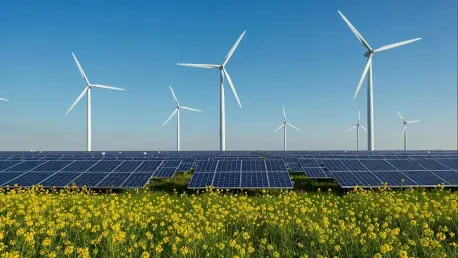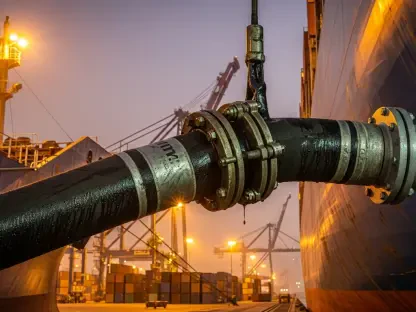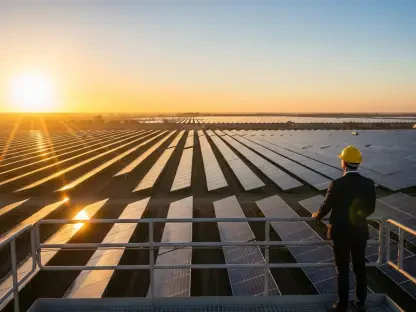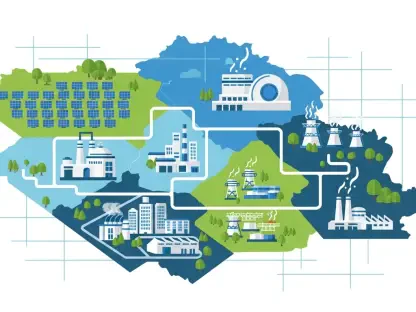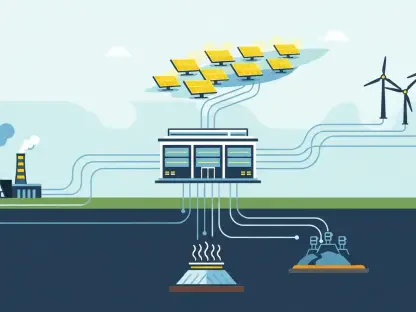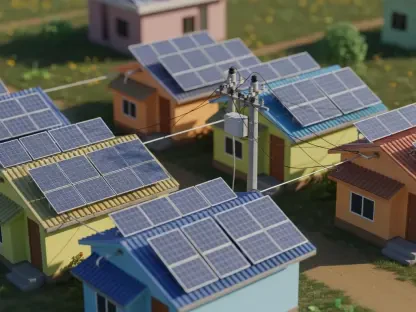Amidst escalating environmental concerns, renewable energy transmission has emerged as a critical component in global efforts to transition away from fossil fuels. As society increasingly demands clean energy solutions, transmission projects are becoming vital in connecting distant energy sources to urban centers. This transition is crucial not only for reducing greenhouse gas emissions but also for fostering energy security and economic resilience. This article explores the dynamics of renewable energy transmission, current initiatives, and expert insights on its future trajectory.
Current Landscape and Growth of Renewable Energy Transmission
Data and Growth Trends
The renewable energy transmission landscape has seen unprecedented growth driven by technological advancements and environmental mandates. The capacity of transmission projects continues to expand, marked by substantial increases in international investments. According to recent reports, the adoption of renewable energy transmission technologies is surging, with countries implementing ambitious plans to integrate these systems into their national grids. These trends underscore the commitment to sustainability and the increased focus on harnessing wind, solar, and other renewable sources efficiently for long-term energy needs.
Real-World Applications and Success Stories
Across the globe, numerous renewable energy transmission projects stand out as beacons of innovation and success. A prime example is Denmark’s pioneering efforts in wind energy transmission. Utilizing advanced infrastructure, Denmark has effectively connected offshore wind farms to its mainland grid, providing a model for other nations. Companies like Vestas and Siemens Gamesa are leading efforts to push the boundaries of renewable energy technology, with projects that seamlessly blend renewable generation with robust transmission capacities.
Expert Insights and Industry Perspectives
Industry leaders have emphasized the significance of renewable energy transmission in reshaping energy landscapes worldwide. Experts highlight the potential for these projects to revolutionize energy distribution while navigating several challenges, including infrastructure costs and regulatory hurdles. Opinions vary across the industry, with some advocating for aggressive expansion of transmission networks, while others caution against underestimating the socio-economic implications. Such diverse viewpoints offer a balanced perspective, informing policymakers and stakeholders on the potential paths forward.
Future Outlook and Implications
Looking ahead, the trajectory of renewable energy transmission projects hints at promising developments. Prospective advancements in technology suggest enhanced efficiencies may soon be achievable, which will make renewable energy even more accessible. However, obstacles concerning land use, regulatory compliance, and integration hurdles remain. As transmission projects mature, their influence will permeate various industries, prompting transformations in traditional energy paradigms and generating dialogue on environmental impacts.
Conclusion and Call to Action
The discourse around renewable energy transmission has expanded significantly, reiterating its role as a key player in sustainable energy strategies. Its multifaceted importance spans environmental benefits, economic growth, and technological progress. As the world moves toward energy solutions that minimize ecological footprints, stakeholders across sectors must continue to prioritize initiatives that bolster renewable transmission networks. By actively participating in this transition, communities can contribute to a future enriched by clean and efficient energy systems.
